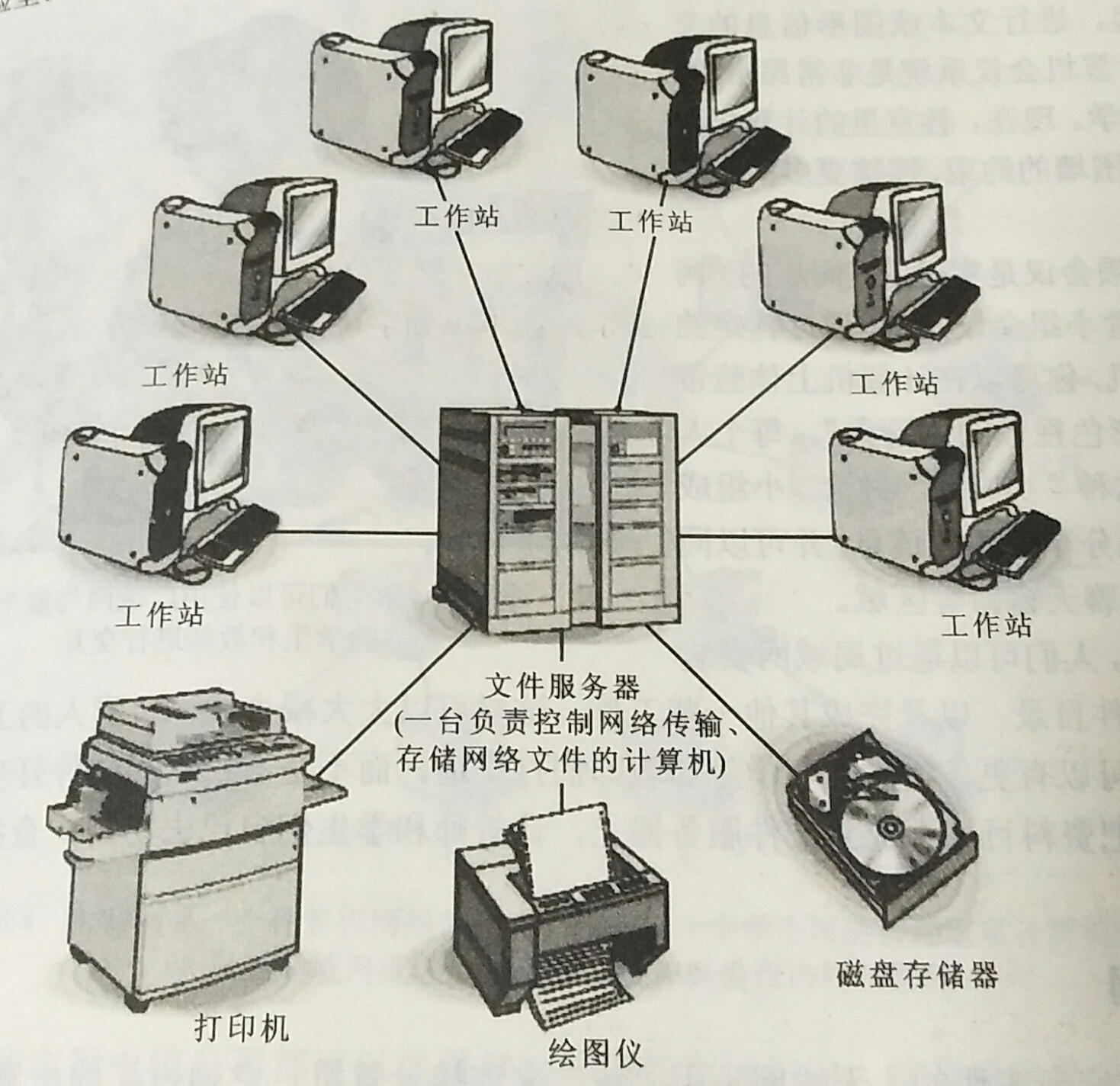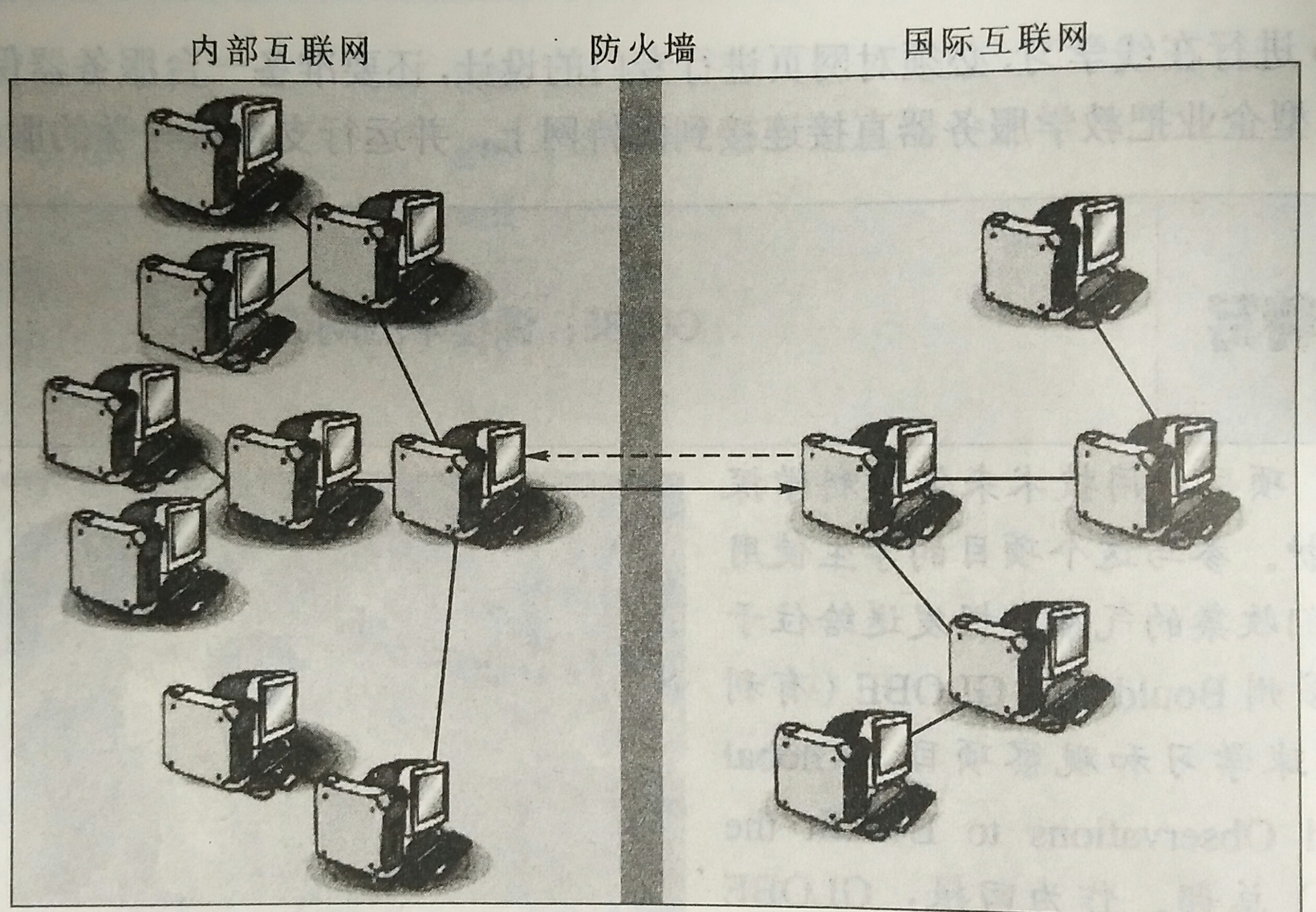 |
|
4.Online Learning 在线学习 |
|
4.1 What is online learning? Online Learning (also called electronic learning ,or e-learning) is the result of instruction that is delivered electronically using computers and computers and computer-based media.The material are often accessed through a network.Sources include websites,the Internet,intranets,CD-ROMs, and DVDs. In addition to delivering instruction,e-learning can monitor learner performance and report learner progress. E-learning is not accessing information (e.g.,Web pages), but guiding learners to specific outcomes (e.g.,objectives). |
|
|
|
图7.22 数控加工编程室 |
|
(1) Advantages
|
|
(2) Limitations
|
|
(3) Integration Whole courses and programs of study are available through online learning.Students can access courses that might not be available to them at their school. Students can advanced placement classes from other high school or from colleges and universities anywhere in the world. There are issues that need to be addressed by anyone wishing to venture into this area of academic study.First is the credentials of the institution offering the degree.Another is the issue of the quality and rigor of the courses.Finally,there are issues related to costs associated with online courses,such as the equipment requirements,online charges and tuition. E-mail can be integrated into lessons and used by students to gather information from,and ask questions of,individuals beyond the school walls(e.g.,other students and experts).Students can also use e-mail to gather information for individual projects. One growing use of e-learning at the P-12 level promotes writing skills by connecting students with “electronic pen pals” or “key pals”. Systerms have also been set up that allow student from diffent countries,even those speaking different languages,to learn about each other’s cultures through computers mediated communication. |
|
4.2 Network 网络 (1) Local Area Network (LAN) (局域网) The simplest of all networks is a Local Area Network (LAN). A LAN connects computers within a limites area,normally a building,office, or laboratory.These networks connect individual computers to one another to permit exchange of files and other resourses |
|
|
|
图7.23 计算机机房的典型局域网 |
|
A single computer, generally located in the office or media center,can serve as an entire school’s file server.Through a LAN ,all of the classrooms In a school can have access to the school’s collection of software. |
|
(2) Wide Area Network (WAN) (广域网) Networks that extend beyond the walls of a room or building are called Wide Area Network (WAN). In this arrangement,the buildings are linkes to a centralized computer that serves as the host for all the software used in common. It often connects the buildings within a school system or on a college campus. |
|
(3) Wireless Network (无线网) Wireless Network connects computers without wire. Such networks use transmitters placed inside the room,throughout the building,or across campus and operate in the same manner as hardwared networks. Computers are also no longer bound to workstations.Laptops may be used anywhere within the room,building, or campus. |
|
(4) The Internet (因特网) The Internet is a worldwide systerm for linking smaller computer networks together.It is a network of networks with a frequently changing collection of millions of computer networks serving tens of millionsof people around the world. |
|
|
|
图7.24 因特网——计算机网络的集合 |
|
|
|
图7.25 在家里或者教室里享受因特网服务 |
|
(5) The World Wide Web (万维网) The World Wide Web is a network of networks that allows you to access,view,and maintain documents that can include text,data,sound,and video. To use the Web for online learning,Web pages have to be designed and written,and a host computer must be identified to house them.Universities and large companies are usually directly cennected to the Interner and run the necessary Web hosting(server) software. |
|
(6) Intranets (内部互联网) A special type of network,called an intranet,is not used by the general public,but by corporations and large organizations.Intranets provide internal networks for companies or schools.Intranets are a way of increasing communication,collaboration,and information dissemination within companies or schools where divisions,departments,and workgroups each use a different computer platform(hareware and / or operating system),or where users work in geographically distant locations. |
|
|
|
图7.26 防火墙保护内部互联网不受外部用户的干扰,但允许内部用户访问外部网络 |
|
(7) The Advantages
|
|
(8) The Limitations
|
|
(9) Integration 利用网络开展在线学习的一个实例是一个有 15 — 20 台联网计算机组成的实验教室。当教师希望每个学生都能在课程中使用计算机学习的时候,实验室为全班同学提供了同时使用计算机的可能。网络中的软件和数据文件可以存储在方便的位置。当所有的计算机防止在同一个房间里时,监督和安全保护便很容易做到。 在一个计算机实验室里上课的另一种应用是教师可以锁定学生的屏幕和、或键盘,让学生集中注意力听教师的讲述。 |
Unit 7-知识点四:在线学习
课程顶部版块
Unit 7-知识点四:在线学习
完成条件
最后修改: 2018年04月16日 星期一 19:43
课程底部版块





